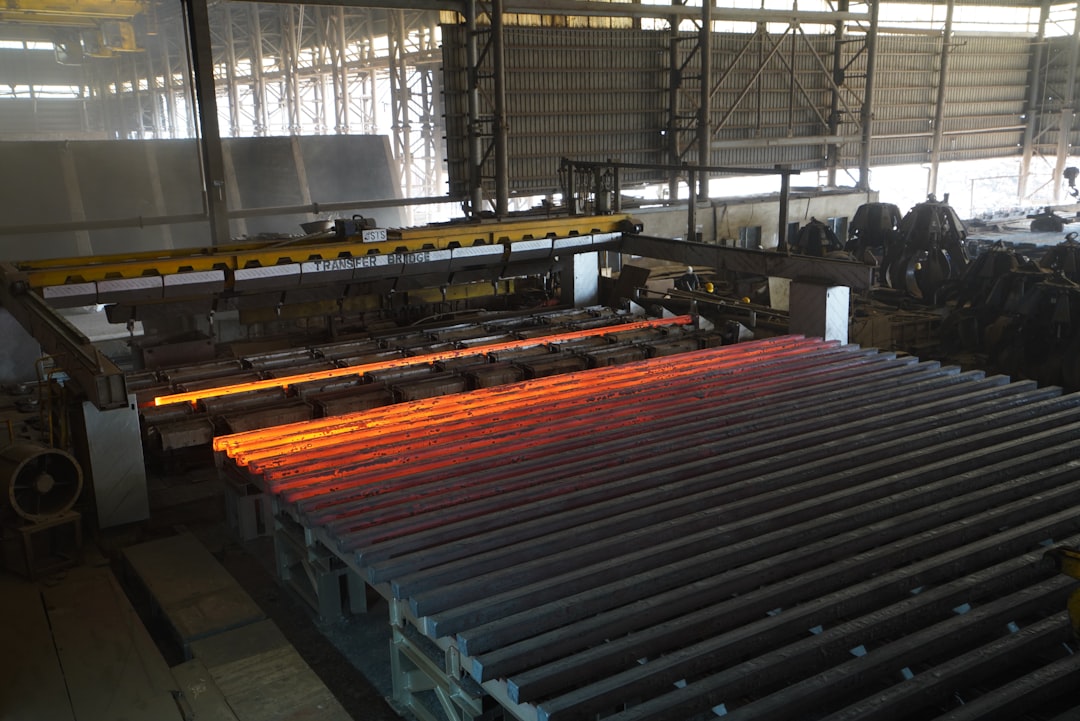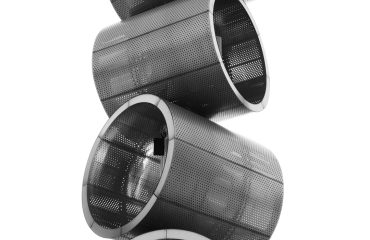The steel industry is a backbone of modern construction and manufacturing. Efficient delivery of this heavy, high-value commodity is paramount to profitability and customer satisfaction. Logistics optimization is no longer a luxury but a necessity for steel companies aiming to thrive in a competitive market. This post delves into key strategies for optimizing steel delivery logistics, leading to reduced costs, improved on-time delivery rates, and enhanced customer relationships.
1. Route Optimization: Minimizing Mileage and Maximizing Efficiency
Route optimization is a cornerstone of efficient steel delivery. Traditional methods often rely on experience and guesswork, leading to unnecessary mileage, increased fuel costs, and longer delivery times. Advanced route planning software utilizes sophisticated algorithms to consider factors like traffic patterns, road conditions, weight restrictions, and delivery windows. These systems analyze vast datasets to generate optimal routes, minimizing distance and travel time. Furthermore, real-time tracking capabilities allow for dynamic route adjustments based on unforeseen events like traffic jams or road closures, ensuring timely delivery despite unexpected challenges. Implementing a robust route optimization system can significantly reduce fuel consumption, lower transportation costs, and improve the overall efficiency of the delivery process.
2. Inventory Management: Striking the Balance Between Supply and Demand
Effective inventory management is crucial in the steel industry, where storage costs are high and material spoilage is minimal. Overstocking ties up capital and increases storage expenses, while understocking leads to production delays and lost sales opportunities. Implementing a robust inventory management system, often integrated with the route optimization software, allows for precise forecasting of steel demand based on historical data, sales projections, and market trends. This system helps maintain optimal stock levels, minimizing storage costs while ensuring sufficient materials are available to meet customer demands promptly. Real-time tracking of inventory levels across various warehouses and distribution centers provides better visibility into the supply chain, allowing for proactive adjustments to prevent stockouts or overstocking.
3. Transportation Management: Selecting the Right Mode and Carrier
Steel delivery often involves a variety of transportation modes, including trucks, rail, and even ships for long-distance transport. Selecting the optimal mode depends on factors such as distance, volume, delivery time constraints, and cost considerations. For short-distance deliveries, trucks might be the most efficient option. However, for large-scale shipments over long distances, rail or sea freight might be more cost-effective. A sophisticated transportation management system (TMS) helps companies compare different modes and carriers, considering factors like cost, transit time, reliability, and capacity. The TMS facilitates carrier selection, shipment tracking, and documentation management, streamlining the entire transportation process and optimizing costs.
4. Leveraging Technology: Real-Time Tracking and Data Analytics
Technology plays a vital role in modern steel delivery logistics. Real-time tracking systems provide visibility into the location and status of shipments, allowing for proactive management of potential delays or issues. GPS tracking devices installed on vehicles provide accurate location data, enabling dispatchers to monitor progress, reroute vehicles if necessary, and provide customers with accurate estimated time of arrival (ETA). Data analytics tools analyze vast amounts of data from various sources, including transportation management systems, inventory management systems, and customer relationship management (CRM) systems. This data-driven approach enables companies to identify trends, patterns, and inefficiencies in their logistics operations, providing insights for continuous improvement and optimization.
5. Collaboration and Communication: Strengthening the Supply Chain Ecosystem
Effective collaboration and communication are crucial for optimizing steel delivery logistics. Strong relationships with suppliers, carriers, and customers are essential for seamless information flow and efficient coordination. Utilizing technologies like cloud-based platforms and collaborative software facilitates communication and data sharing across the supply chain. Real-time updates on shipment status, inventory levels, and potential delays can be shared with all stakeholders, ensuring transparency and proactive problem-solving. Open communication channels help build trust and foster collaboration, leading to a more efficient and responsive supply chain.
By implementing these strategies, steel companies can significantly improve their logistics operations, leading to reduced costs, enhanced customer satisfaction, and a stronger competitive advantage in the market. The journey towards optimized steel delivery requires a holistic approach, encompassing technological advancements, strategic planning, and a commitment to continuous improvement.
SEO-Friendly Tags:
- Steel Delivery Optimization
- Steel Logistics Management
- Route Optimization for Steel
- Supply Chain Management Steel
- Efficient Steel Transportation




